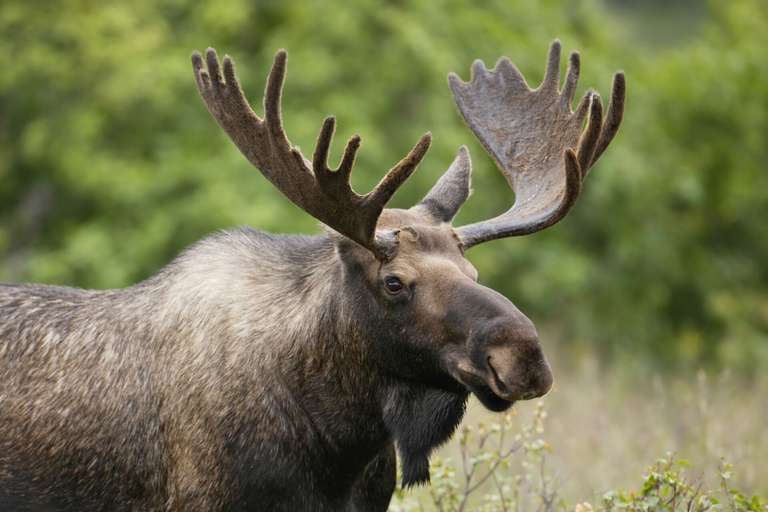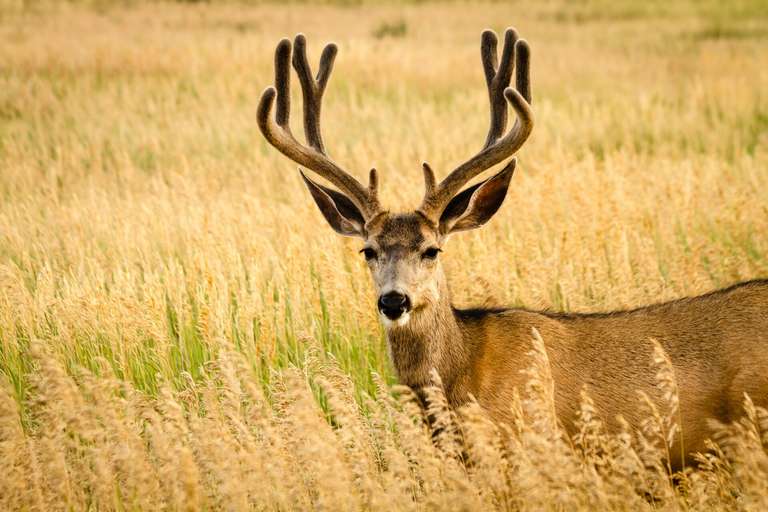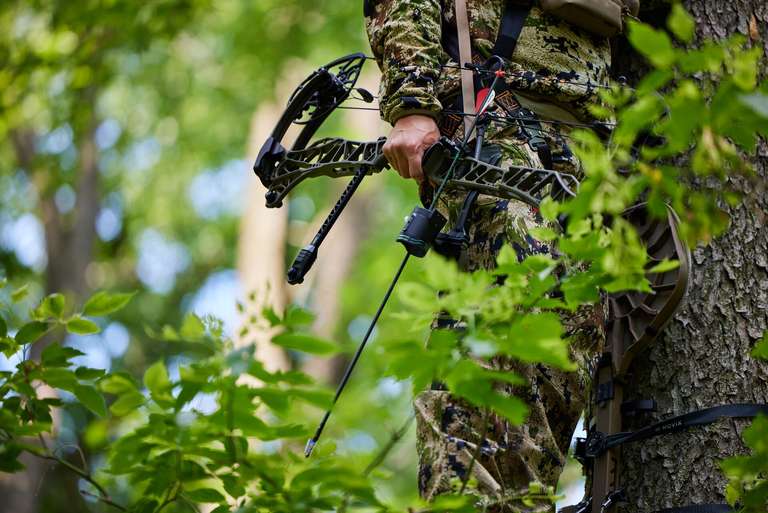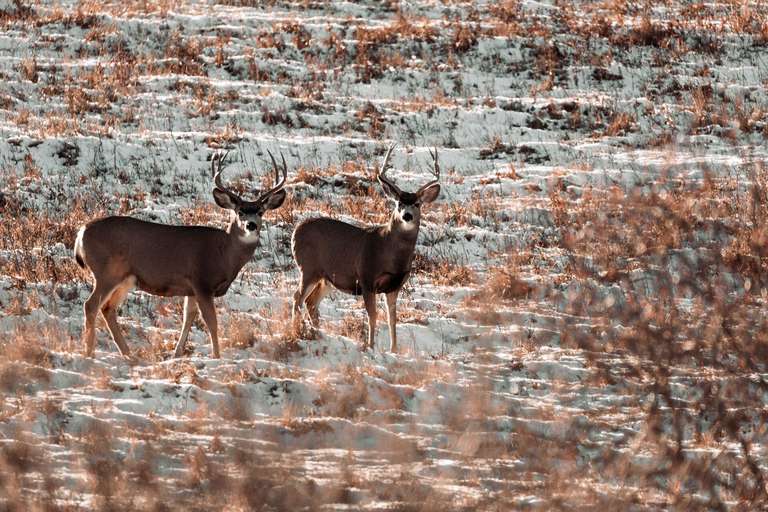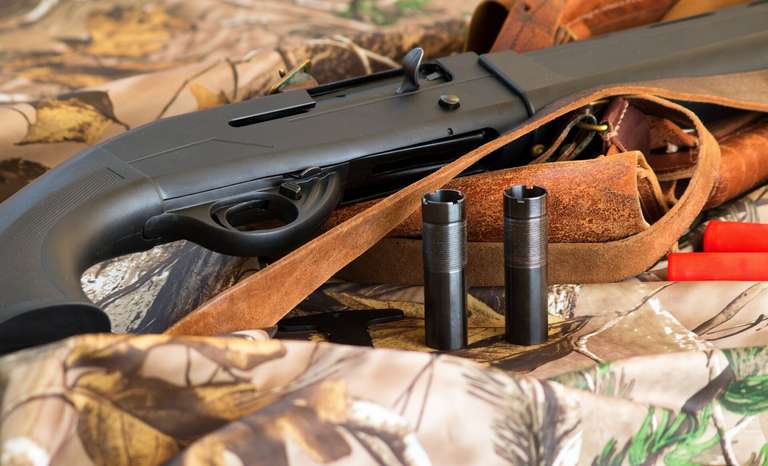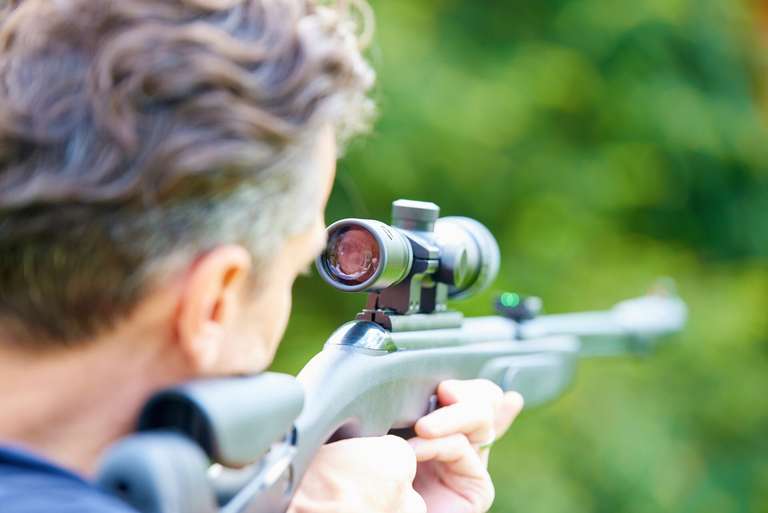Hunting Prep: Scouting For Hunting
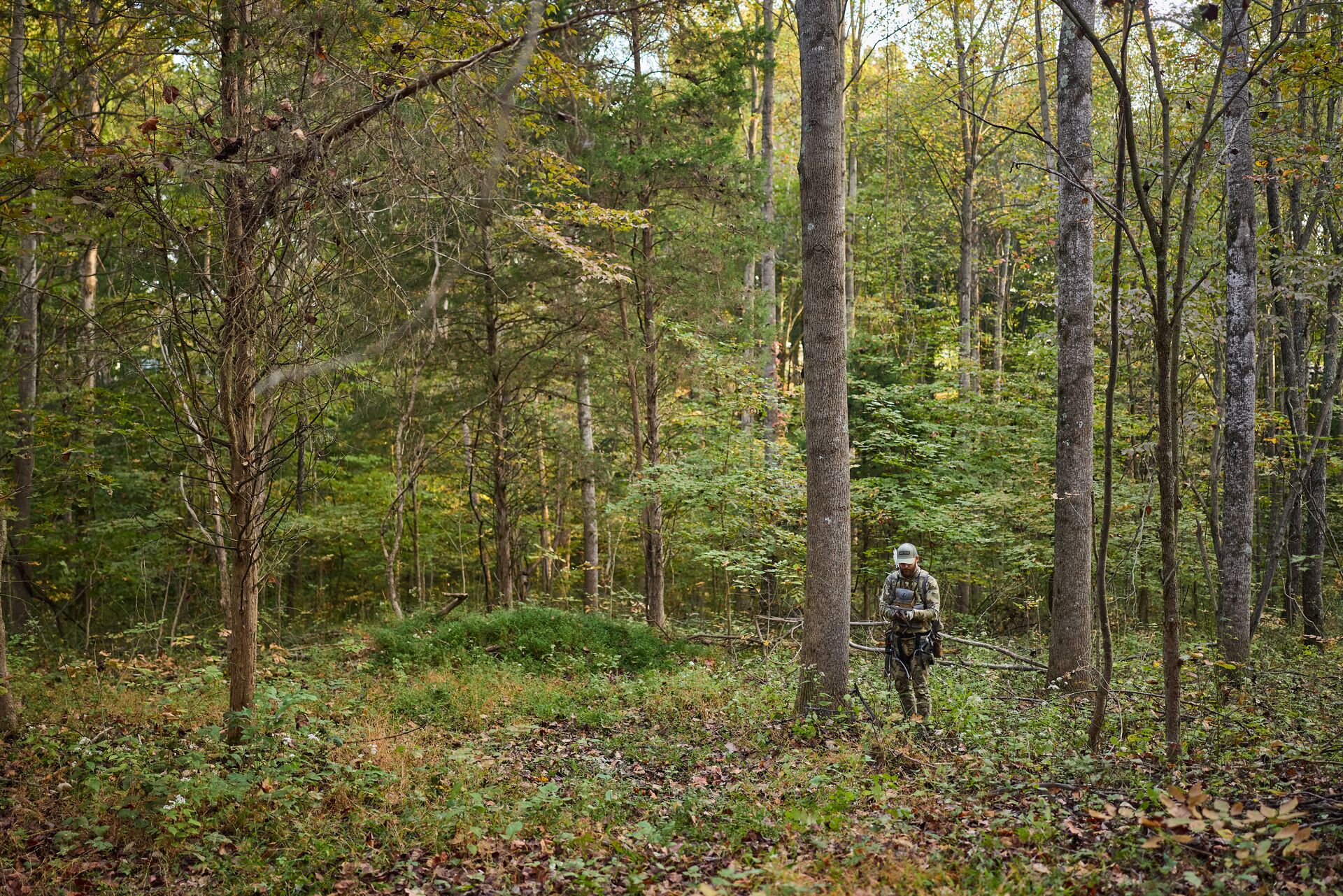
As one of my mentors used to say, "Luck is not a plan."
With hunting, your success in the field rarely happens by chance. It's the outcome of skill, practice, and preparing your body and mind for the rigors of the hunt. That's why scouting for hunting should be at the top of your pre-season checklist.
Proper scouting can eliminate aimless wandering and create strategic stalking and positioning plans. Developing a systematic approach to collecting this information is what will give you the edge to consistently and ethically locate and harvest game every season.
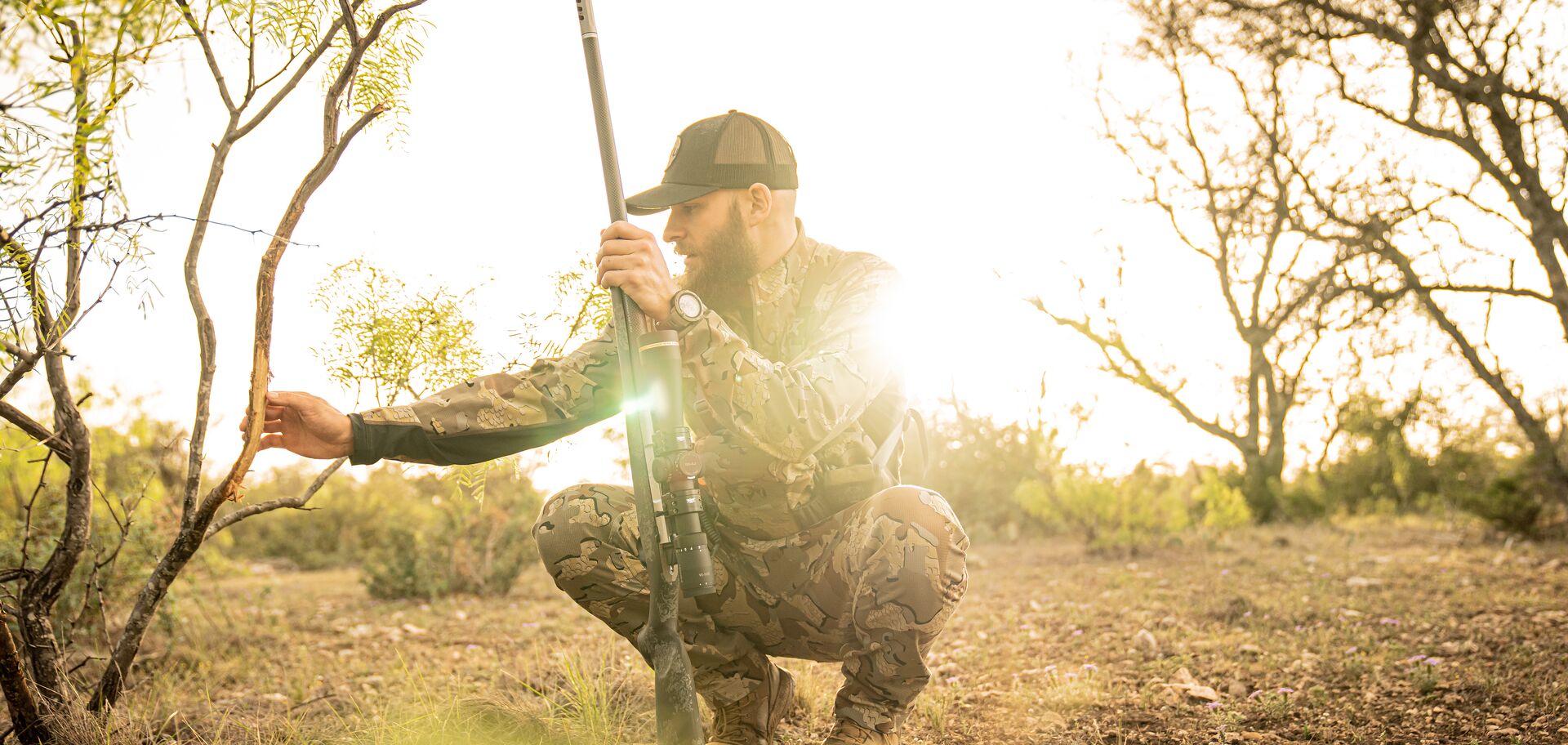
What Does Scouting Mean in Hunting?
Scouting is the deliberate exploration of an area to find a target and observe its movements and behaviors. For hunters, this translates to understanding terrain features and using that knowledge to predict animal activity.
By identifying potential food, water, and shelter opportunities, the hunter can create opportunities to locate game animals and observe their behavior. In short, find promising terrain and then look for the animals to study their behaviors, such as where they eat, sleep, and travel.
Effective pre-season scouting can reveal how animals use and move throughout the landscape during different times of the day, in varying weather conditions, and when pressured by humans.
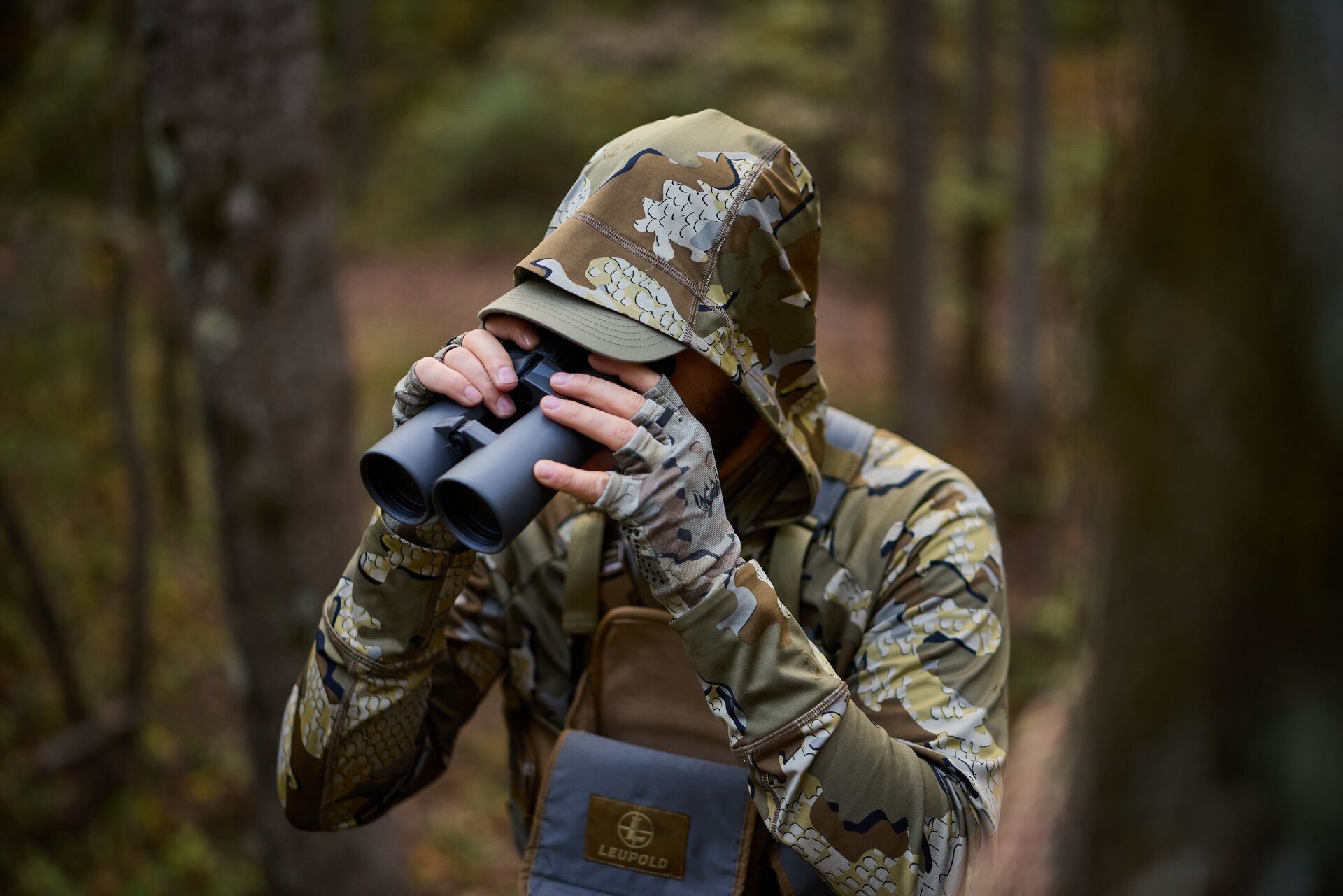
How Do I Scout for Hunting?
Whether you're new to hunting or you've hunted for several season, you want to avoid aimlessly wandering instead of scouting. Focus on two phases: pre-planning and fieldwork.
Pre-Planning
Pre-planning begins with maps and digital tools, such as the HuntWise hunting app, to identify potential hunting spots. Use these tools to identify access points for you, as well as potential travel corridors, water sources, bedding cover, and feeding areas for the animal.
Field Work
After you've completed your map study, it's time to lace up your boots and test your theories in the field. Look for physical signs of animal activity like well-used game trails, scat, tracks, and scrapes.
Because few of us are experts at translating satellite imagery or topographical maps to reality, an essential part of scouting for hunting is understanding how imagery and contour lines translate to the real world. There's nothing more eye-opening than having those "ah-ha!" moments of having your map come to life in front of you.
Bring your binoculars or spotting scope to observe your target area from a distance, minimizing the chance of alerting wildlife to your presence. Using quality optics with good glass will help you see better at dawn and dusk when most animals are moving.
Note prevailing wind patterns and understand how the wind interacts with the terrain throughout the day. Since game animals rely on their sense of smell for survival, you'll need to always keep the wind in mind during scouting and hunting.
Set up a trail camera along transition zones and suspected game trails to confirm movement patterns throughout the day and in varying weather conditions.
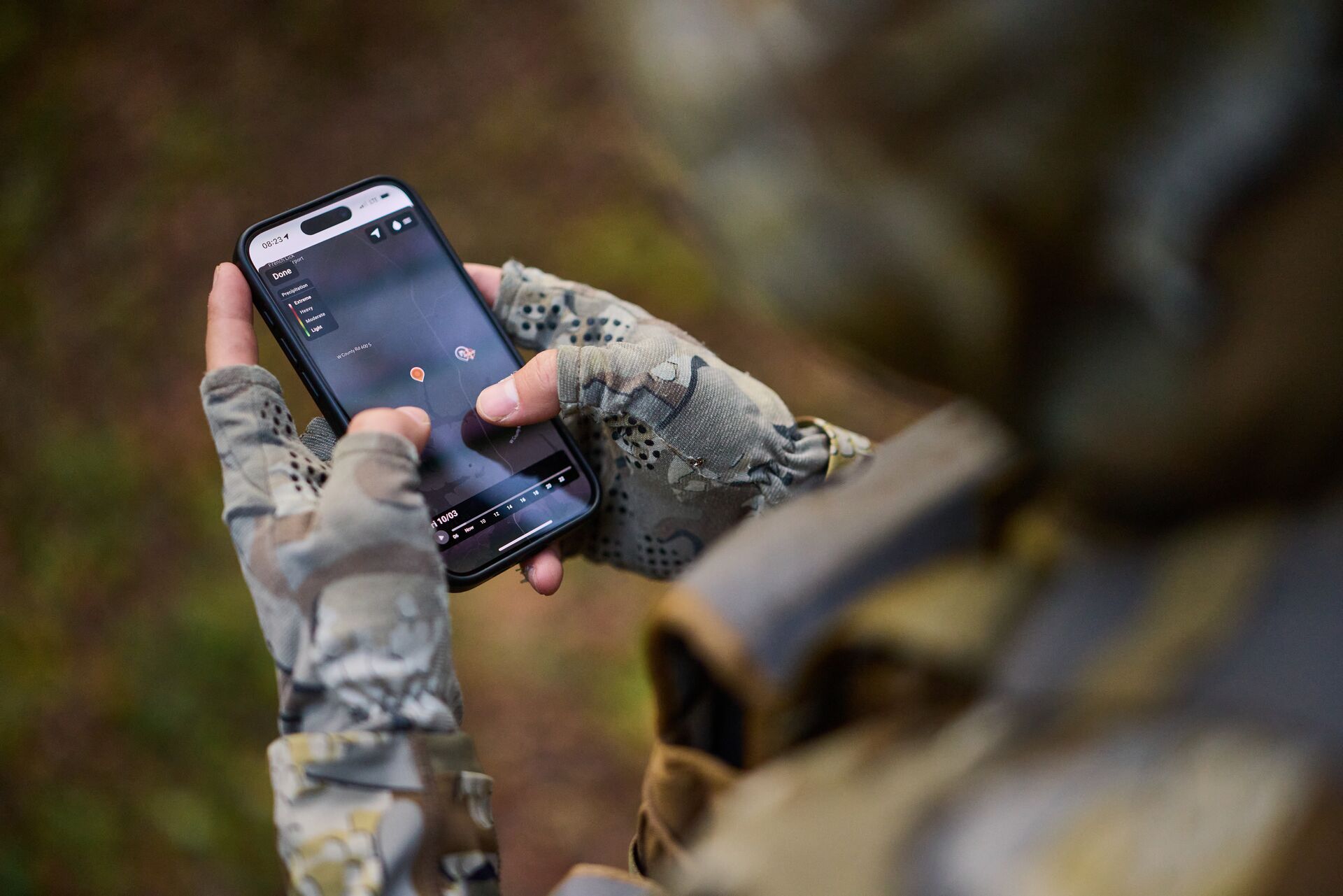
What Is E-Scouting (and How Does It Help Me)?
E-scouting for deer and other game animals uses satellite imagery and digital mapping tools and apps to analyze terrain features from home. These modern mapping platforms enable you to search large areas to identify property boundaries, access points, water sources, elevation, and potential food sources and bedding areas.
For example, identifying thick cover near areas of good visibility can help you locate bedding areas. Drainages, ridgelines, valleys, roads, and fences will dictate animal movement, so being able to connect those locations on a map can help you predict where animals will be.
You can utilize some of the best hunting apps (again, such as HuntWise) to drop pins, plan and save routes, and create field notes of your observations. These tools can streamline the scouting process and help you identify public land, private property, and game unit boundaries. You can also use e-scouting to anticipate where other hunters will most likely be and use that information to find less pressured areas for your hunt.
When Should You Start Scouting for Hunting?
Ideally, scouting should be a year-round activity. You can use different times of the year to glean seasonal information that will help you paint a more complete picture of the animal and its relationship to the habitat.
- Off-season (late winter/early spring): This is traditionally the best time of year to study terrain and sign when the animals aren't pressured.
- Summer: The warm months will highlight the animal's food sources and feeding patterns, particularly in the early morning and evening hours.
- Early season (just before opening day): Cautious and minimal scouting to confirm animal location is the name of the game in the weeks leading up to the season's start. Avoid disturbing the animals and pushing them out of an area.
- During the season: Scouting should continue once the season begins. Hunting pressure will change animal behaviors, so you'll need to keep scouting to make adjustments to your strategies and tactics throughout the season.
Whether you plan to scout for deer or other game, successful hunters are always gathering intelligence in the field to improve their knowledge and gain new insights.
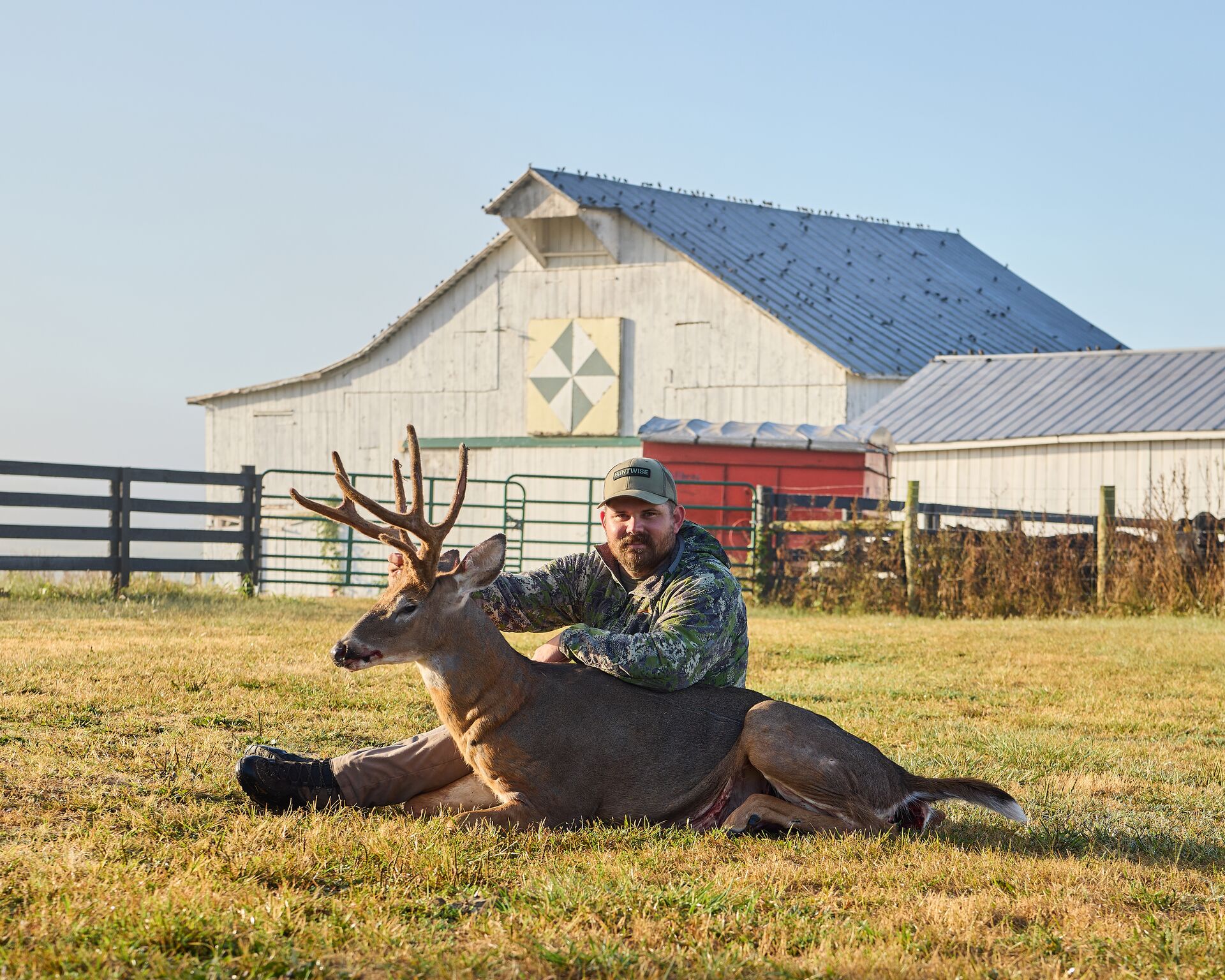
Don't Forget Hunter Safety Education as Part of Your Prep
Becoming a successful and ethical hunter doesn't happen by accident. Constantly studying your quarry's habitat and observing behaviors through a systematic scouting for hunting process helps you create the building blocks for a lifetime of memorable experiences and ethical harvests.
By effectively utilizing mapping tools, trail cameras, and boots-on-the-ground research, you can consistently find the best hunting spots from season to season.
Don't forget to complete an online hunter safety course as part of your hunting prep! Each state-specific course through ilearntohunt provides critical information about wildlife behavior, safety, first aid, hunting skills, game processing, and local hunting regulations.
Plus, most states require hunters to carry a hunter safety certification (after completing a course) before getting a hunting license or getting out in the field.
Don't let hunting season arrive without your hunter safety card!
Take the ilearntohunt course for your state now so you're ready to hunt this season.
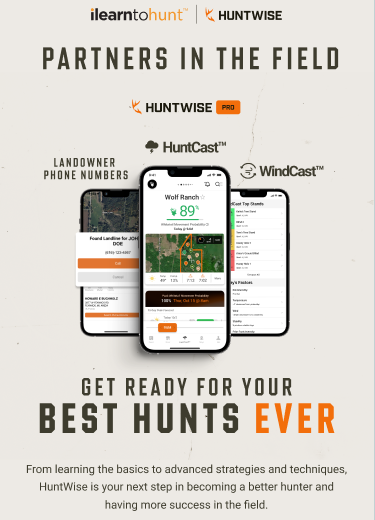
Scout like a pro with a free 30-Day Trial of the HuntWise hunting app!
When you complete your state-specific course through ilearntohunt, you can take advantage of 30 days (free) of HuntWise. It's the best tool to scout for deer, turkey, waterfowl, and many other species throughout the year to plan more successful hunts.
To grab this offer, visit your student dashboard!

